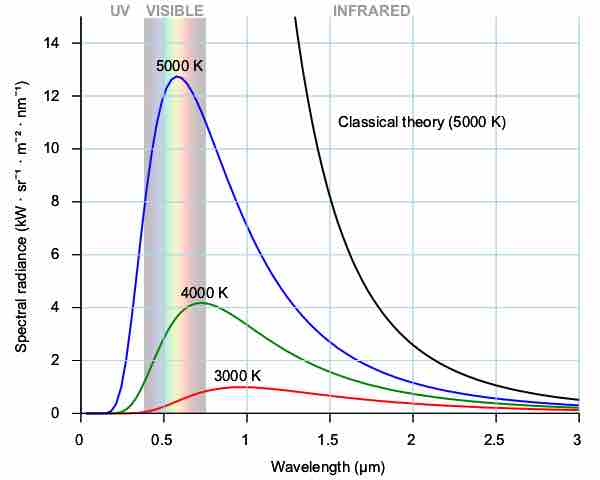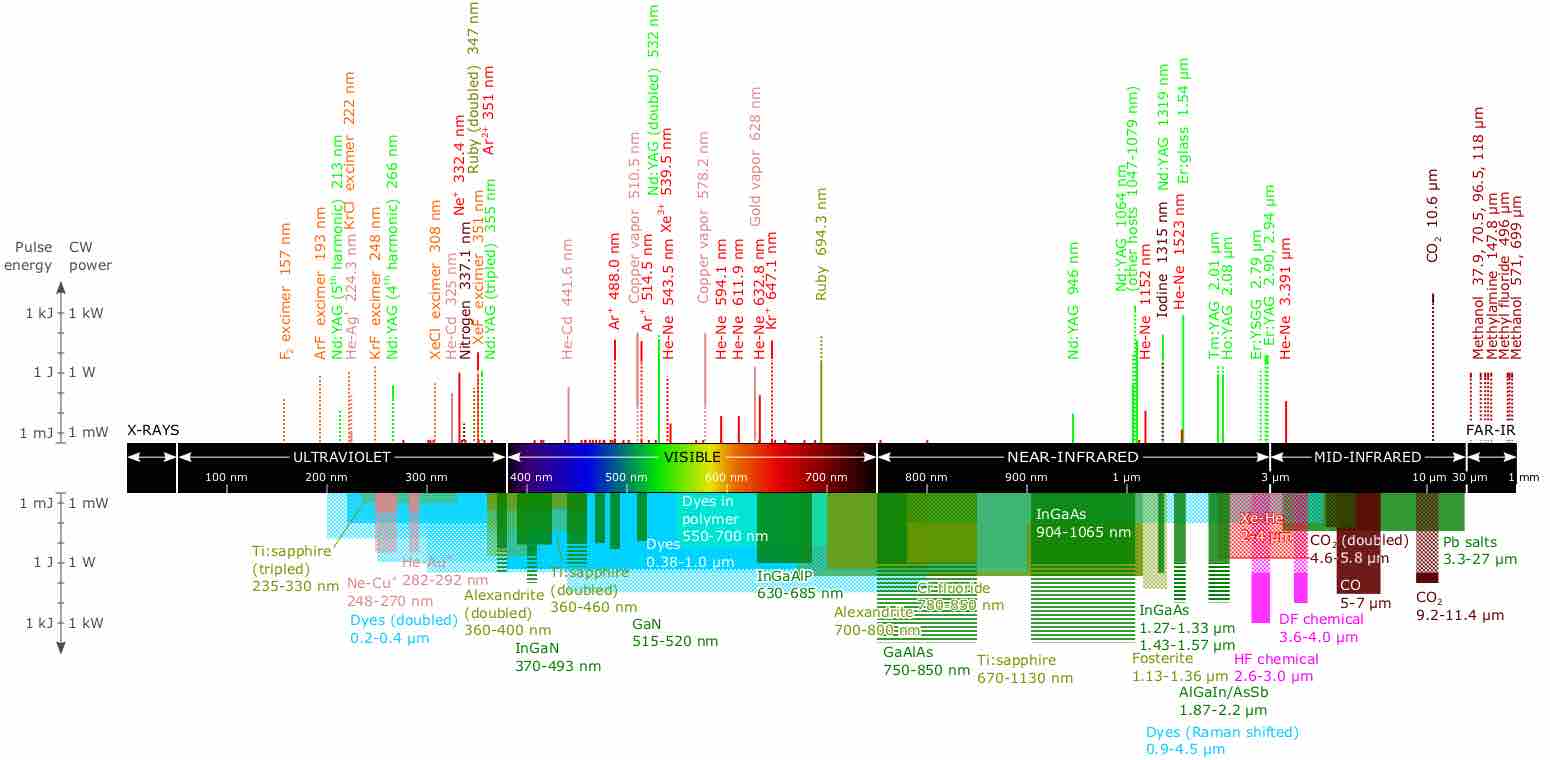Chapter 29
Atomic Physics
By Boundless
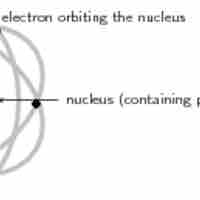
Modern scientific usage denotes the atom as composed of constituent particles: the electron, the proton and the neutron.
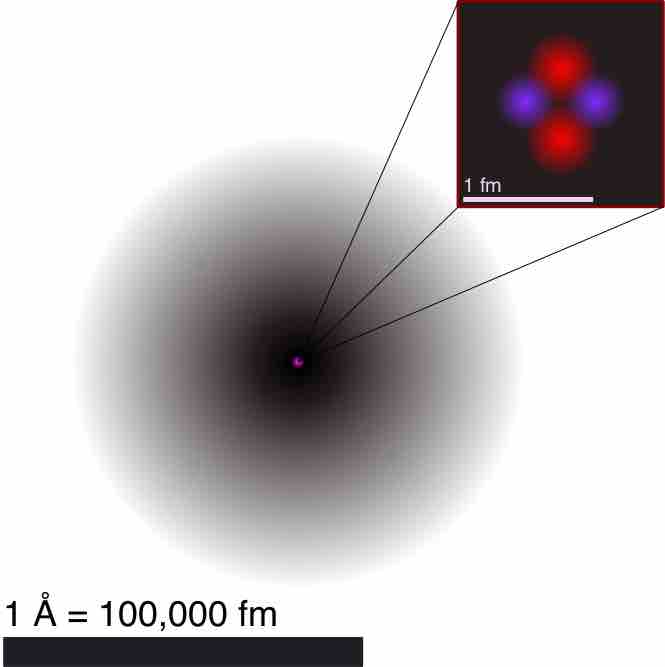
Dalton believed that that matter is composed of discrete units called atoms -- indivisible, ultimate particles of matter.
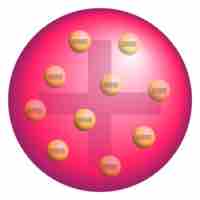
Thomson proposed that the atom is composed of electrons surrounded by a soup of positive charge to balance the electrons' negative charges.
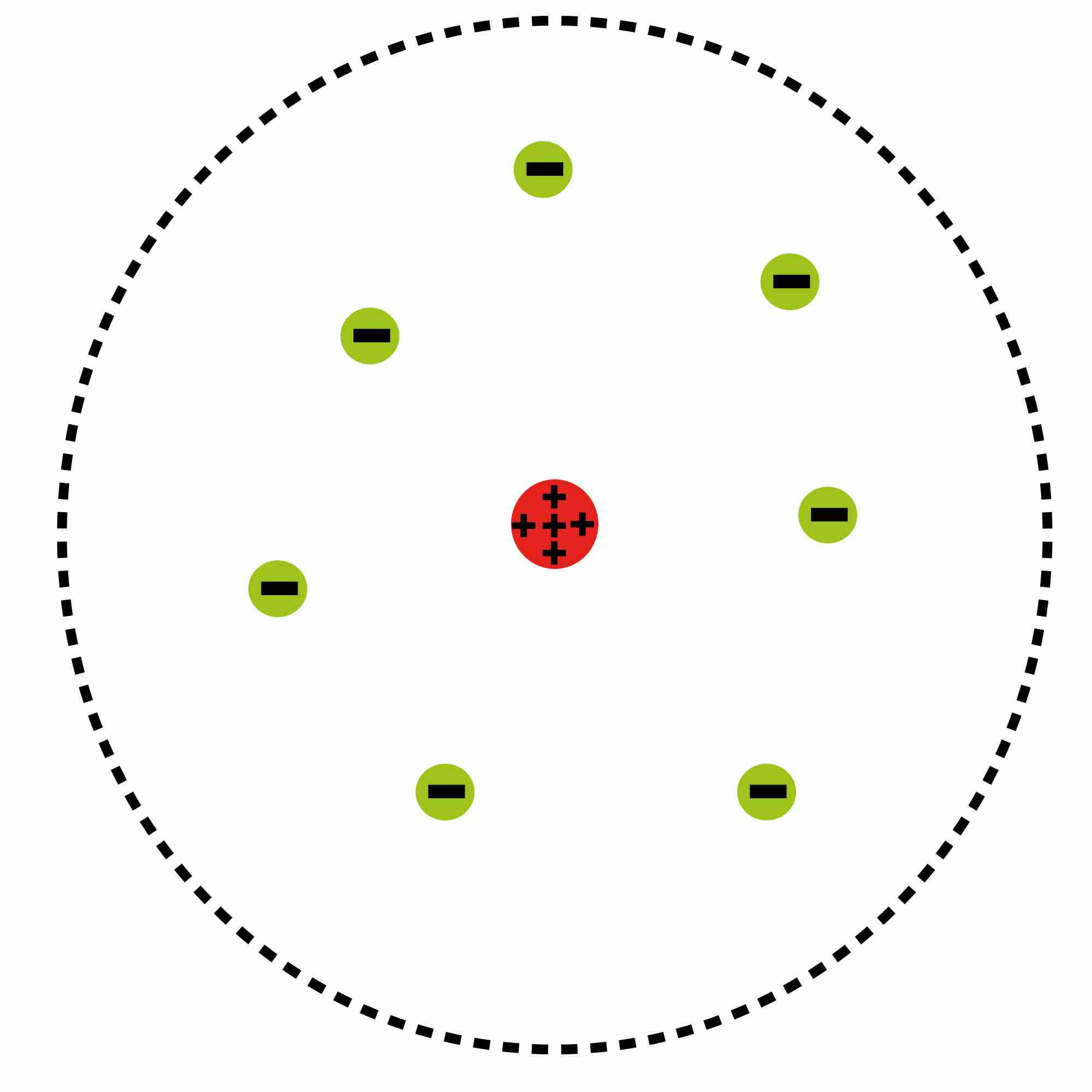
Rutherford confirmed that the atom had a concentrated center of positive charge and relatively large mass.

Bohr suggested that electrons in hydrogen could have certain classical motions only when restricted by a quantum rule.
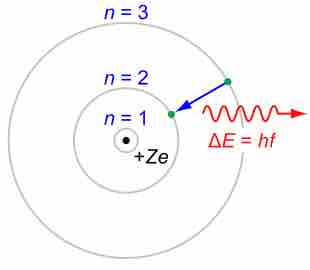
Bohr explained hydrogen's spectrum successfully by adopting a quantization condition and by introducing the Planck constant in his model.
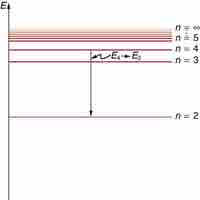
According to Bohr, electrons can only orbit stably, in certain orbits, at a certain discrete set of distances from the nucleus.
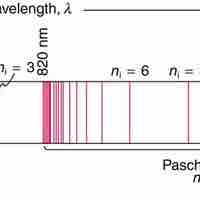
Based on his assumptions, Bohr derived several important properties of the hydrogen atom from the classical physics.
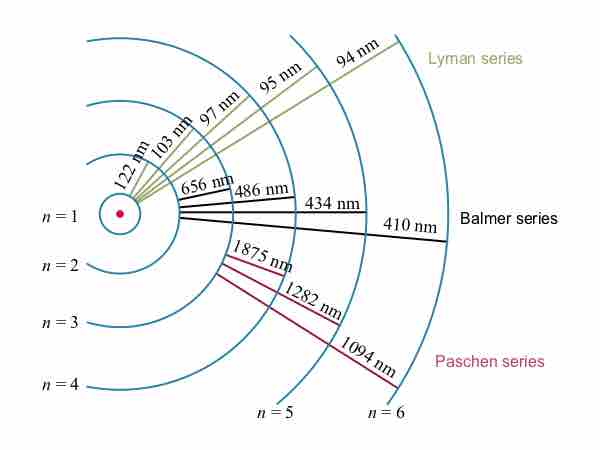
The observed hydrogen-spectrum wavelengths can be calculated using the following formula:
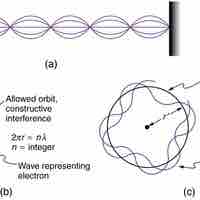
By assuming that the electron is described by a wave and a whole number of wavelengths must fit, we derive Bohr's quantization assumption.
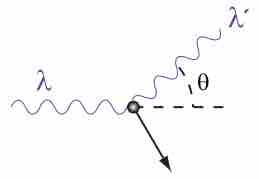
Compton explained the X-ray frequency shift during the X-ray/electron scattering by attributing particle-like momentum to "photons".
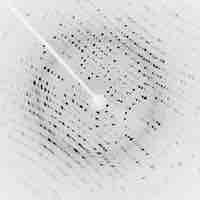
X-ray shows its wave nature when radiated upon atomic/molecular structures and can be used to study them.
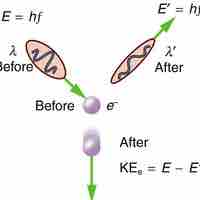
The Compton Effect is the phenomenon of the decrease in energy of photon when scattered by a free charged particle.

The wave nature of matter is responsible for the quantization of energy levels in bound systems.
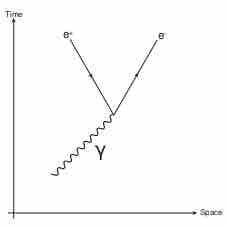
Pair production refers to the creation of an elementary particle and its antiparticle, usually when a photon interacts with a nucleus.
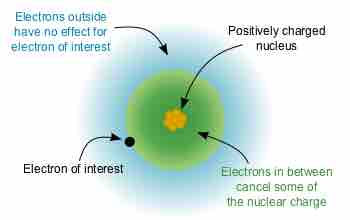
Atoms with more than one electron are referred to as multielectron atoms.

A periodic table is the arrangement of chemical elements according to their electron configurations and recurring chemical properties.

The electron configuration is the distribution of electrons of an atom or molecule in atomic or molecular orbitals.
